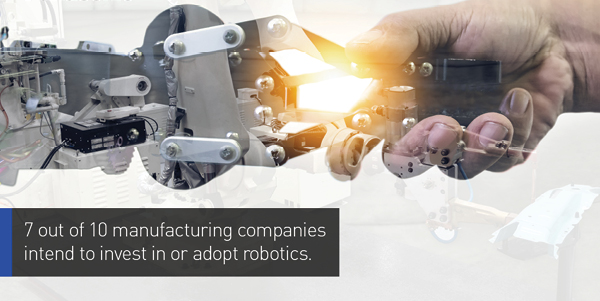Disruptive Technologies Shake Up Supply Chains

When efficiency is the primary focus in integrated supply chain management, every little bit that helps to tighten both front- and back-end processes helps. Increasingly, companies in a variety of verticals are achieving such efficiencies by leaning on disruptive technologies.
These envelope-pushing solutions could take the form of artificial intelligence used in automation software, robotics, and autonomous driving among others, according to a study in the Moving Forward research series from Panasonic Corporation of North America.
Companies are leveraging disruptive technologies to craft a data-driven supply chain process that delivers a more seamless experience to the end customer, says Faisal Pandit, senior vice president and chief digital officer, Panasonic System Solutions Company of America. Pandit, who is also the research author, points to an example of a quick-service restaurant (QSR) that could benefit from disruptive technologies.
QSRs must deliver a stellar experience while satisfying picky customers with increasingly demanding food options, while running operations on tight budgets and high staff turnover rates. The good news: Using artificial intelligence, QSRs can analyze data collected from a variety of channels, including mobile and kiosk ordering and drive-throughs, to deliver personalized experiences.
Four out of five companies in the Panasonic survey cite automation software as a disruptive technology they are excited about. They can use this technology to address supply chain pain points such as manual data entry that is prone to human error, a lack of streamlined communication between owners of various parts of an order’s lifecycle, and goods delivered late or to the wrong location.
Adoption of disruptive technologies will increasingly become the price of doing business, although regulations compliance and security concerns are potential stumbling blocks, notes the research. Nearly four in five senior industry decision makers surveyed say competitors will pull ahead if they do not invest in these technologies.
However, Pandit cautions against blind adoption. "Companies need to clearly outline the pain points they’re trying to solve with these technologies, and make sure to have a phased rollout so they’re not biting off more than they can chew," he says.
